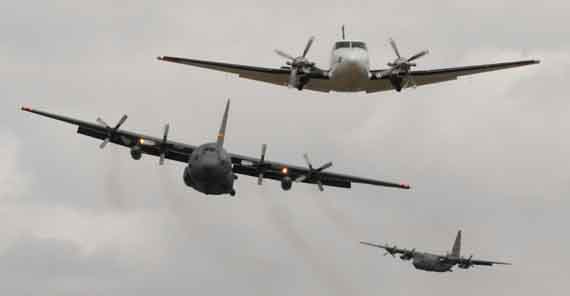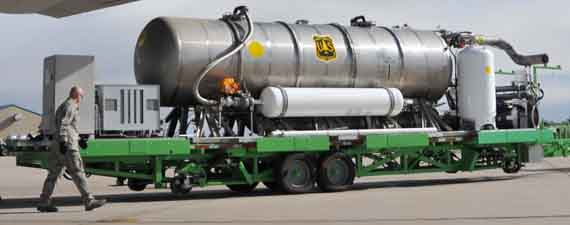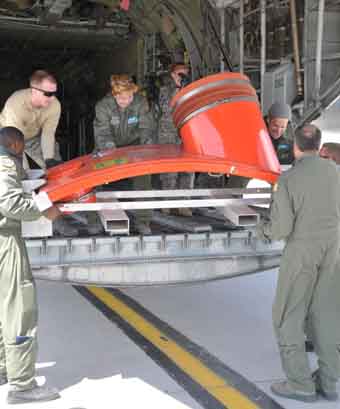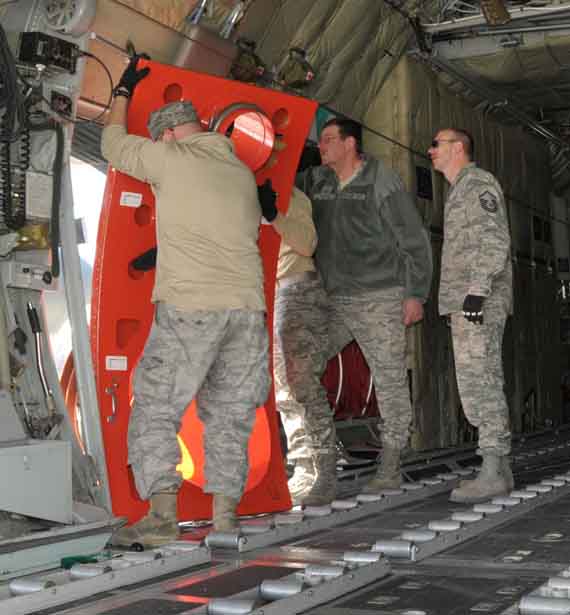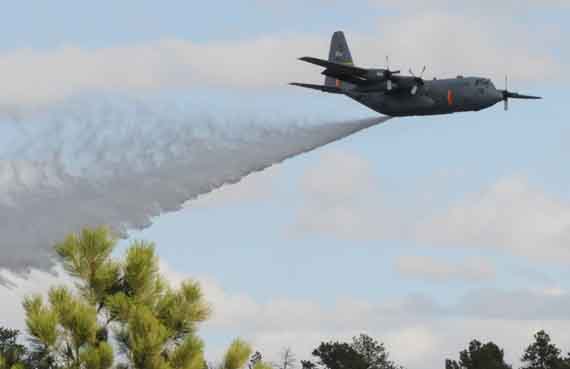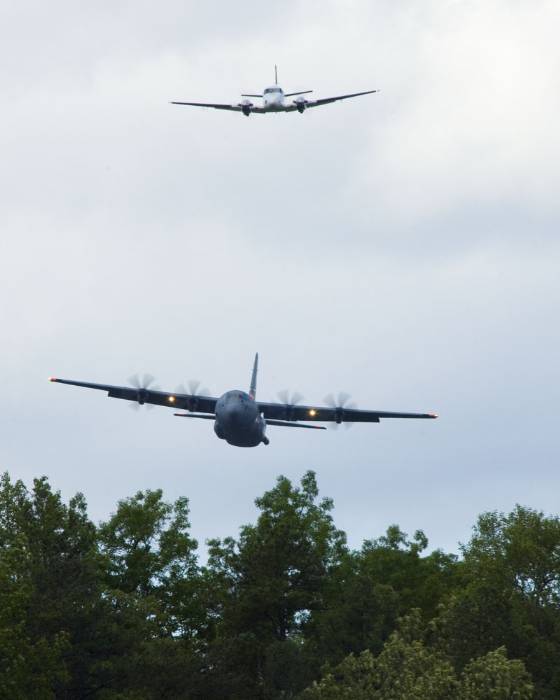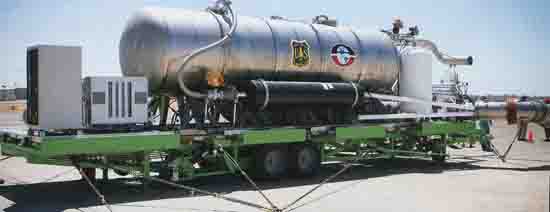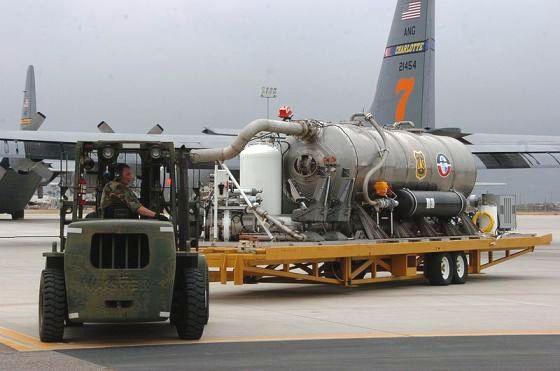
Proposal to reactivate old MAFFS units
A California congressman has introduced legislation requiring that the eight old, first generation Modular Airborne FireFighting Systems (MAFFS), which can be used as needed in military C-130H aircraft to fight wildfires, be made available to units of the Air National Guard and Air Force Reserve. The eight older MAFFS were replaced by nine second generation MAFFS II units within the last four years and the old units can’t be used in the more modern C-130J aircraft. The C-130Hs still in service are being targeted as potential air tankers by Representative Elton Gallegly from California who introduced the bill.
MAFFS air tankers are supposed to be activated only if all of the privately owned air tankers on federal contracts are committed. None of the eight military MAFFS have been used yet this year.
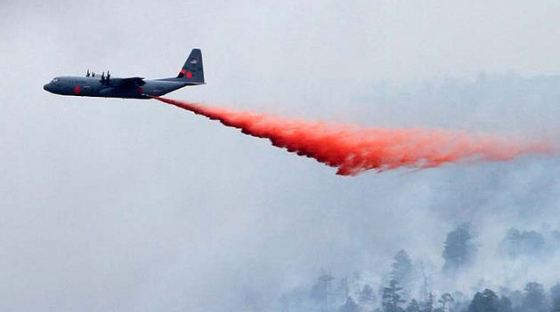
Currently eight of the nine new MAFFS II units are assigned and available to be used in C-130Js at bases in California, Wyoming, Colorado, and North Carolina. Representative Gallegly’s bill, H.R.5965, would require that the one spare MAFFS II and the eight first generation MAFFS that are in storage be made available and ready for activation if needed for wildfire suppression. That would increase the numbers of MAFFS air tankers to 17.
There is at least one obstacle that would have to be overcome in order to implement the Representative’s proposal. The military has indicated that they are not interested in expanding their role in suppressing wildfires. According to the Conference Chairman’s Report from the Aerial Firefighting Conference held in Washington, D.C. in 2011, Lt. Col. Bryan Allen of the Air National Guard said that given the nation’s operational tempo, he would not be comfortable with extending this role for what are essentially warfighting assets. And Clark R. Lystra of the Office of Secretary of Defense reported that an increase in the use of military assets to combat wildland fires had been rejected by the Department.
If you want to know more about the MAFFS II units, we covered the details in an article we wrote in 2009.
Restrict the use of air tankers from a foreign government
The proposed legislation has an additional requirement:
The Chief of the Forest Service may not procure air tankers to fight wildfires from a foreign government unless the Chief of the Forest Service certifies to Congress that MAFFS air tanker support available from units of the Air National Guard and Air Force Reserve is being fully utilized or is not sufficient to address wildfires on National Forest System land.
On June 6 the U.S. Forest Service announced that that they had arranged to temporarily hire a CV-580 air tanker from the Canadian Interagency Forest Fire Centre. At that time the two DC-10 air tankers based in California that carry five times more retardant than the CV-580s were not hired. Then on June 11 the USFS announced that they had activated on a call when needed contract (CWN) one of the two American-based DC-10s and also borrowed three more Canadian CV-580s. The USFS currently does not have a contract with Evergreen’s American-based 747 air tanker that carries 10 times more retardant than a CV-580.
A Canadian-owned, UK-built air tanker is being used today on fires in the United States. Missoula-based Neptune Aviation is leasing a BAe-146 from Tronos, the Canadian company that converted the airliner into an air tanker. Neptune has been awarded a contract for two more BAe-146s and expects to bring them on later this year. Aero Flite of Kingman, Arizona was also awarded a contract recently, for one air tanker, and is partnering with Conair of Abbotsford, British Columbia to convert an RJ85, which is similar to a BAe-146.
Status of the proposed legislation
The bill has only been introduced and has seen no action other than being referred to the House Committee on Agriculture.




